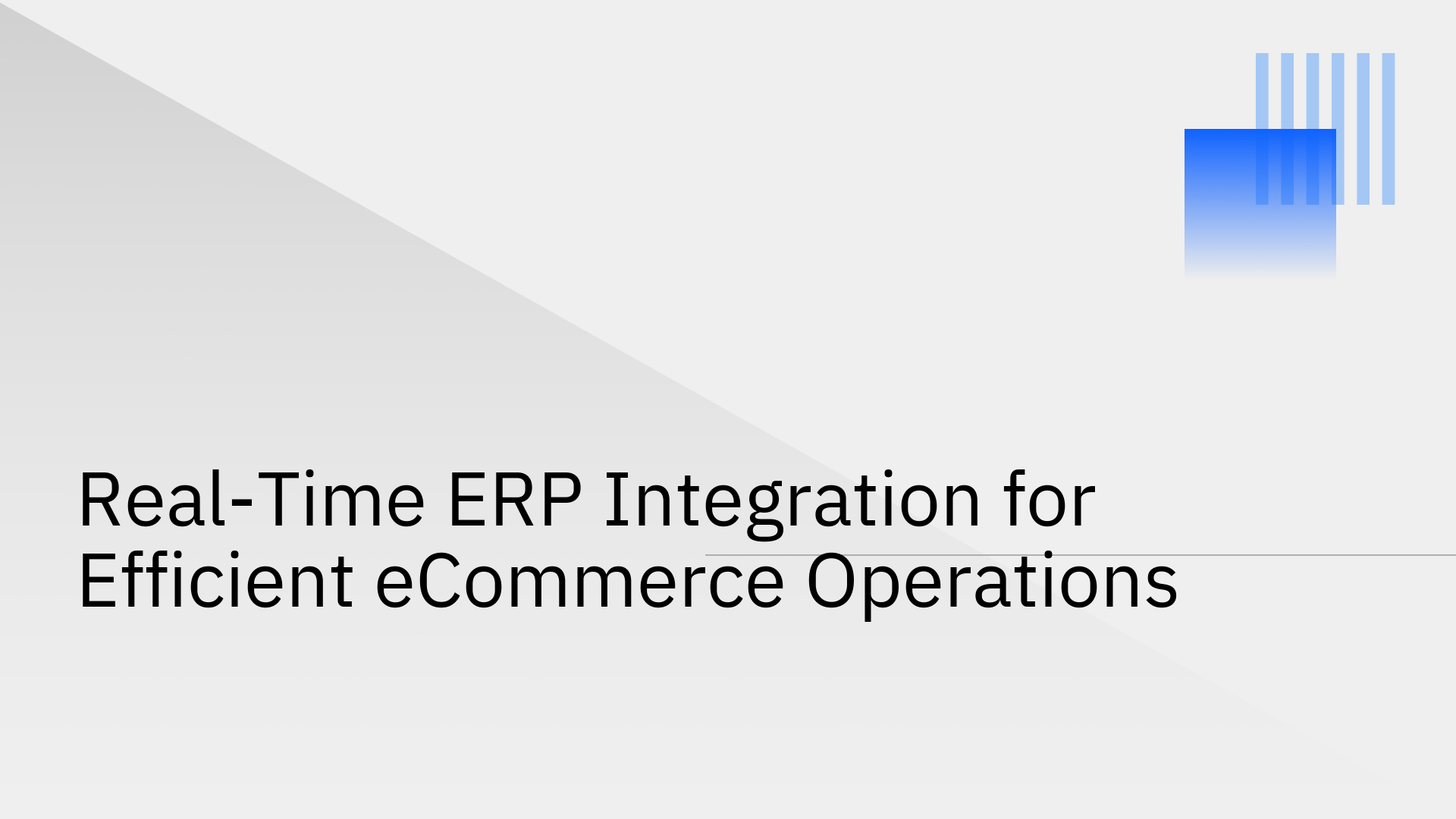
Connecting a Shopify eCommerce storefront with a back-end ERP like NetSuite is a critical inflection point for any scaling business. Failing to establish a robust integration strategy introduces significant operational friction, leading to manual data entry, inventory inaccuracies, and fulfillment delays. For businesses engaged in high-volume sales, particularly wholesale distributors branching into online channels, these inefficiencies directly impact revenue and customer satisfaction.
The core technical challenge is maintaining data consistency between two disparate, business-critical systems. While you have added a new sales channel with Shopify, the back-end operational processes within NetSuite—managing inventory, processing sales orders, and handling financials—remain the central nervous system of your business. The method you choose to connect NetSuite with Shopify will determine your operational efficiency and ability to scale.
Before architecting an integration solution, a technical assessment is required:
The answers to these questions dictate the necessary sophistication of your ERP-eCommerce integration. Below, we analyze the common approaches, from highly inefficient manual processes to the robust, real-time synchronization required for modern commerce.
The most basic approach involves no direct technical connection between Shopify and NetSuite. This model forces all operational data to be moved manually. Staff must download sales orders from Shopify and re-enter them into NetSuite. Similarly, inventory levels must be manually updated in the Shopify admin interface. This method is defined by high operational overhead, significant risk of human error, and an inability to scale. It is fundamentally unsuitable for any business with more than a handful of daily orders.
This approach utilizes basic connectors or one-way data pushes that operate on a schedule. For example, a process might run once daily to batch-import Shopify orders into NetSuite and push inventory updates from NetSuite to Shopify. While this eliminates some manual data entry, it introduces a critical technical flaw: data latency.
Because the synchronization is not real-time, your systems are perpetually out of sync. Inventory levels displayed on Shopify can be inaccurate, leading to overselling and stockouts, especially if you sell through multiple channels[1]. This method, often employed by generic iPaaS solutions, fails to provide the guaranteed data consistency required for high-stakes eCommerce operations.
For businesses processing dozens or hundreds of orders daily, real-time integration is not a luxury—it is a necessity. This model ensures that data flows between Shopify and NetSuite instantly and bi-directionally. However, achieving this state is technically complex. Custom-coded solutions are brittle, expensive to maintain, and often lack robust error handling and conflict resolution logic. Generic integration platforms (iPaaS) are not purpose-built for the specific demands of synchronizing operational systems and can struggle with reliability and scalability under heavy load.
This is the problem Stacksync was engineered to solve. Stacksync provides true, real-time, bi-directional synchronization specifically designed for operational systems like NetSuite and Shopify. It is not a generic connector; it is a reliable, purpose-built platform that guarantees data consistency.
When a new order is placed on Shopify, Stacksync instantly creates the corresponding sales order in NetSuite, allocating inventory and triggering fulfillment workflows. Conversely, when inventory is received in NetSuite or product information is updated, that data is immediately pushed to Shopify. Stacksync's architecture is built for performance, with automated conflict resolution and error handling to ensure seamless operation without manual intervention. This no-code platform eliminates the complexity and unreliability of custom builds and generic tools, empowering businesses to achieve enterprise-grade integration effortlessly.
For B2B operations, the need for a flawless NetSuite Shopify integration is even more acute. B2B eCommerce portals on Shopify often require unique customer logins to manage complex requirements like customer-specific product catalogs, tiered pricing, and net payment terms[2].
All of this sensitive and dynamic data resides in NetSuite. A real-time integration is the only way to ensure that a B2B customer logging into Shopify sees their correct pricing and product availability. With a platform like Stacksync, NetSuite remains the single source of truth, and the Shopify B2B portal acts as a real-time extension of your ERP. This allows you to automate the entire B2B order-to-cash cycle, from online order placement to financial reconciliation in NetSuite, without manual process gaps.
Implementing a robust, real-time integration solution delivers transformative technical and operational benefits. Businesses that automate data flows between NetSuite and Shopify report significant improvements in efficiency and accuracy.
While basic integration can offer marginal improvements, scaling an eCommerce business on a foundation of batch updates or manual processes is unsustainable. To achieve true operational excellence, you must connect NetSuite with Shopify using a solution that guarantees reliability, performance, and real-time data consistency. Stacksync provides this purpose-built integration, empowering you to automate processes, eliminate errors, and focus on strategic growth.